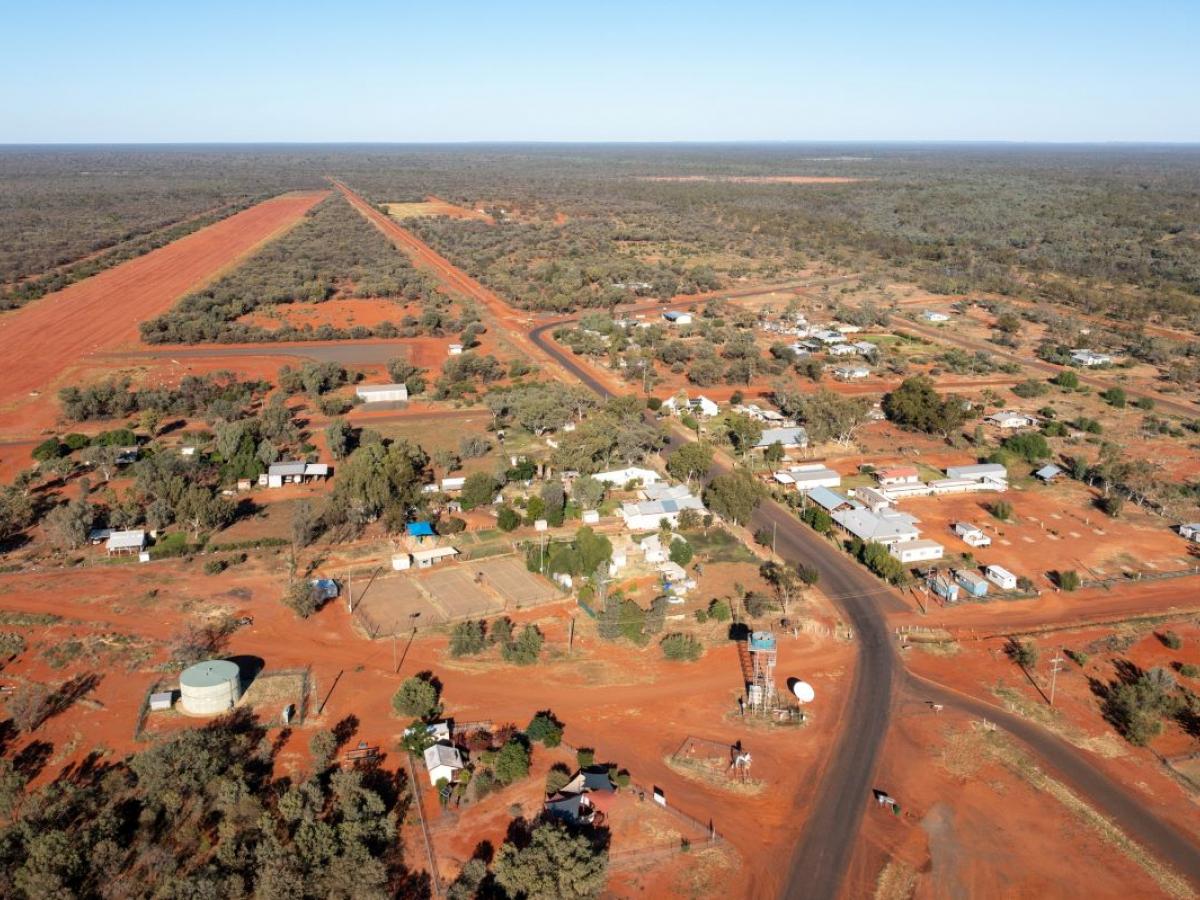New research led by the University of Adelaide reveals remote Indigenous communities need improved infrastructure and services to support residents and visitors.

Photo: John Carnemolla
Funded by the Australian Housing and Urban Research Institute (AHURI), the research explores how movement between remote communities and urban centres is vital for many Indigenous Australians, however mobility patterns can add pressure to already underfunded infrastructure and services in remote communities.
Findings reveal that remote Indigenous populations are growing and ageing; incomplete data on remote community population and mobility means real needs are unmet; and inconsistent population movement affects community requirements particularly in regard to funding and housing.
Population projections undertaken for the research, suggest the Indigenous population will continue to grow strongly in outer regional, remote, and very remote Australia by more than 10 per cent between 2021 and 2026.
This predicted growth is concentrated in the older cohorts from age 45 to 49 years and older, indicating a rapidly ageing Indigenous population. This will have implications for the type of housing, infrastructure and services that will be needed in remote communities.
Real needs of the community are being unmet due to inadequate existing data on remote community populations and mobility.
“The population data that supports decision-making about the funding and provision of infrastructure and services may not be accurate or reflective of short-term mobility patterns,” says lead researcher Associate Professor Megan Moskos at the University of Adelaide.
“Governments are therefore not able to resource communities with a complete picture of their real needs.”
Population movement was found to impact on the future funding and provision of vital housing, infrastructure, and services in remote communities. Long-term absences from communities jeopardises the future availability of services and, ultimately puts at risk the sustainability of remote communities.
When key infrastructure and services are available – such as sufficient housing, adequate supply of water and power, and access to healthcare, aged care, education and community services – people may choose to remain living on Country longer.
Movement is caused by a wide range of factors including participating in cultural business; attending funerals; travel due to school holidays; coping with seasonal weather patterns; and participating in sport and leisure activities. Further factors affecting longer-term population mobility include access to housing, infrastructure, services, employment, and forms of family conflict.
Associate Professor Moskos says understanding Indigenous people’s mobility patterns can lead to better outcomes.
“The relationship between population mobility and remote infrastructure and service delivery is complex, and presents challenges for governments resourcing remote communities,” she says.
“Accurate and more detailed information about population mobility is essential for evidence-based infrastructure and service provision in remote communities, including the collection of data that can capture shorter-term mobility patterns.”
In addition to better data, the research also identified the need for underlying resourcing and governance arrangements that can enable more appropriate provision of priority services and infrastructure such as housing, aged care, healthcare, education and essential infrastructure, including power and water, within remote communities.
AHURI is an independent not-for-profit national research organisation that conducts and disseminates high quality research on housing, homelessness, and cities. These activities inform the policies and practices of governments, industry, and the community, and stimulate debate in the broader Australian community.








